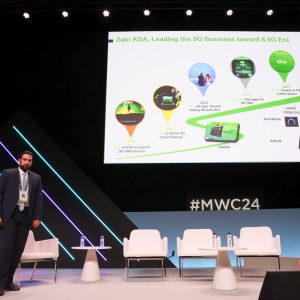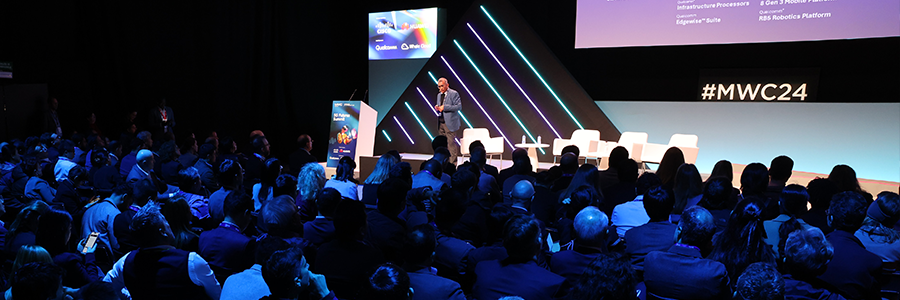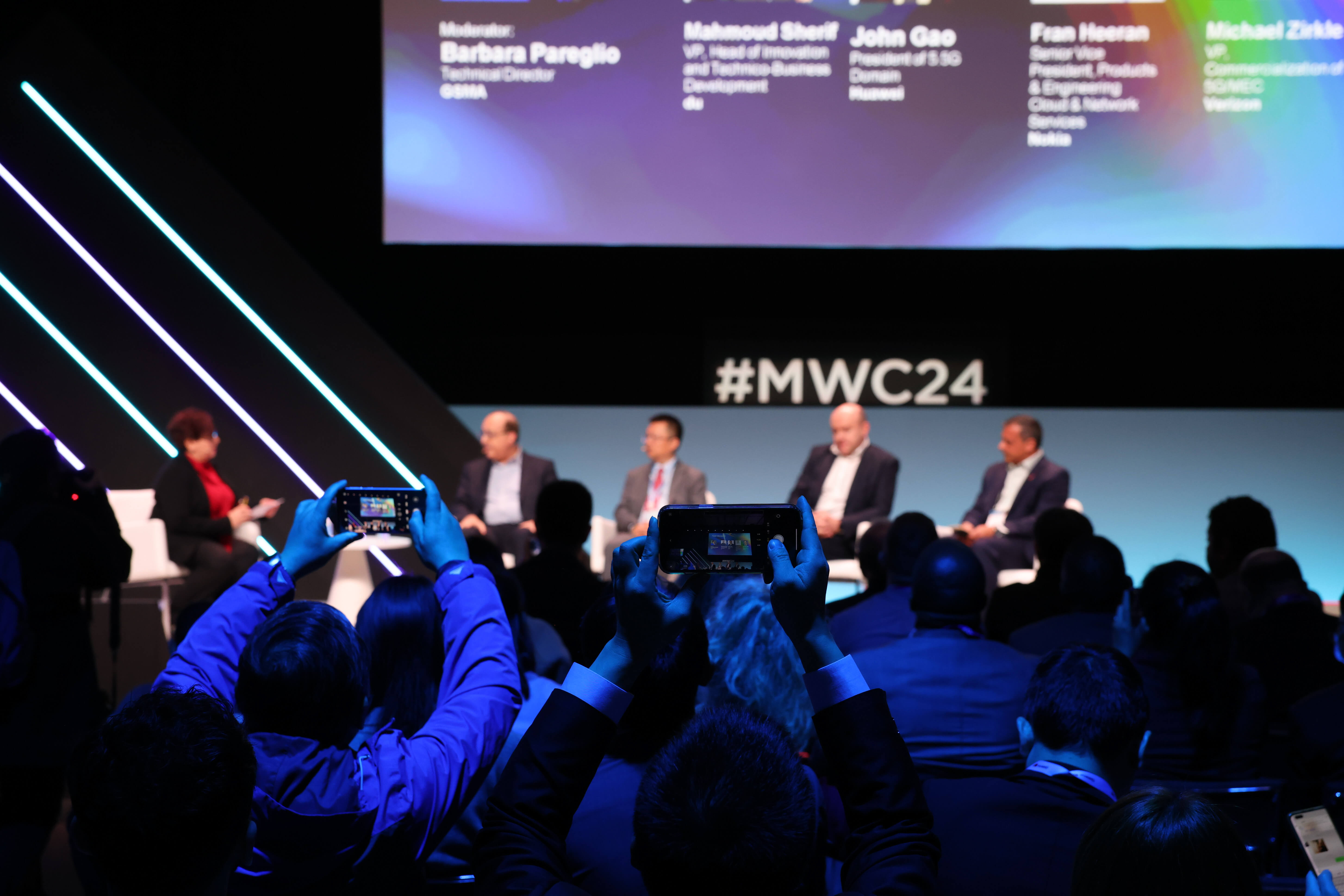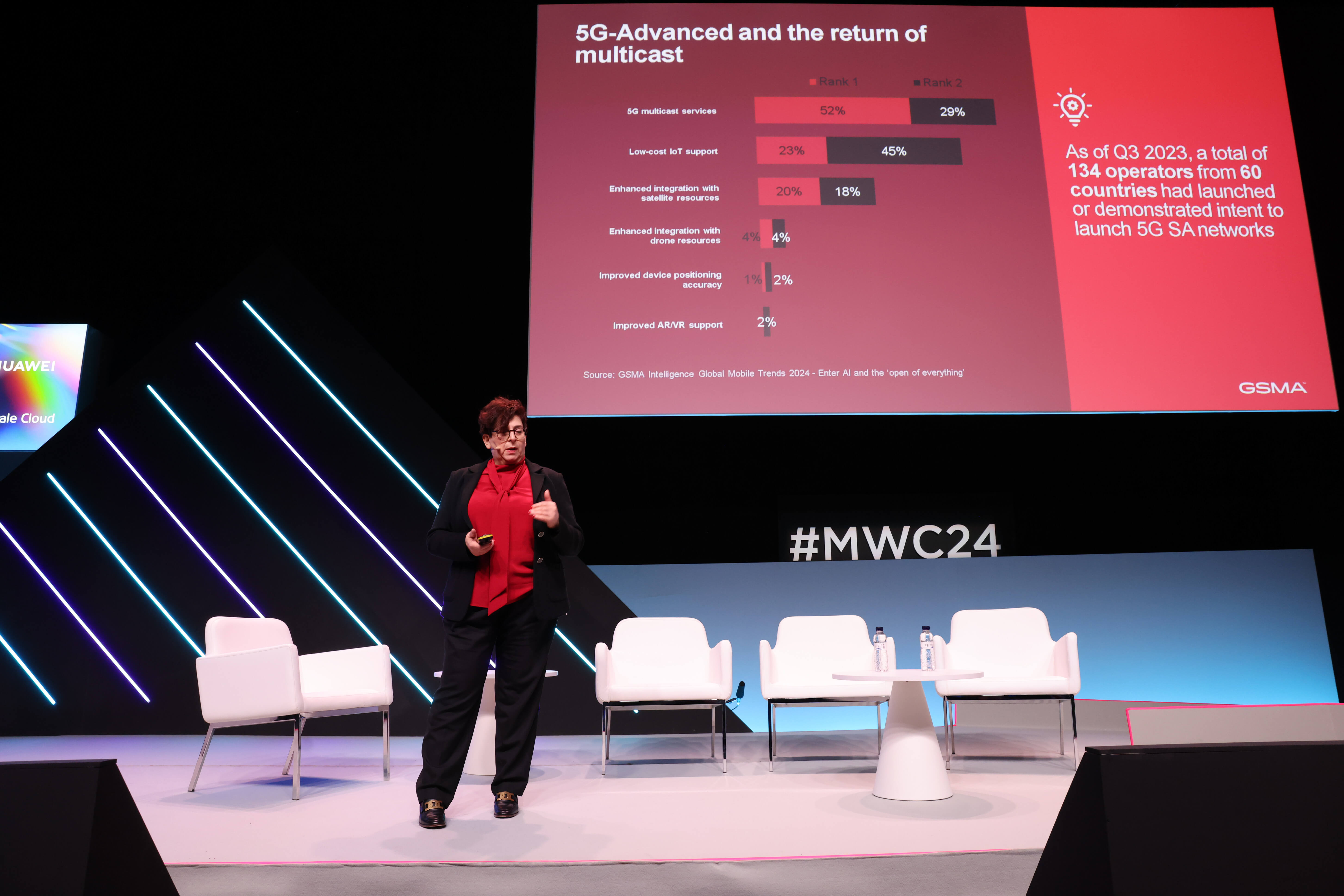At the 5G Futures Summit, operators and vendors outlined how 5G is now entering a new phase in its development
The deployment of 5G standalone (SA) networks is the pivotal step to realising the full potential of 5G, according to industry experts. “The second phase of 5G starts with SA,” Rajen Vagadia, VP of Business Development at Qualcomm, told the 5G Futures Summit, which was hosted by the GSMA at MWC Barcelona. 5G SA “will specifically give us advantages like network slicing,” which can be monetised, he added.
Almost 50 mobile operators worldwide have launched 5G SA networks, and a further 70 are trialling the technology, according to Qualcomm. Crucially, there are also 1,730 devices supporting SA, Rajen Vagadia added. Noting that some SA deployments have limited geographic coverage, he implored mobile operators to make the transition as soon as possible. “We now have a line of sight for a sub-$100 [5G SA] phone,” Rajen Vagadia said. “That’s a very important step of affordability of device and transitioning from 4G to 5G.”



In the UAE, e& commercialised 5G SA in October 2023, and is now rolling out more compatible handsets, as well as enabling network slicing, Marwan Bin Shakar, SVP Access Network Development, told the Summit. The operator is now looking ahead to 5G-Advanced, which it hopes will support more than 10 Gbps in the downlink, 1 Gbps in the uplink, latency of less than 14 ms and positioning accuracy of less than 10 cm. However, “the more difficult part is to enable 5G-Advanced – the use cases that 5G promised to deliver – and I think this is going to need more collaboration,” he cautioned.
Mohammed Abdulaziz Al Nujaidi, Engineering Executive General Manager, Zain KSA, also stressed the need for higher 5G speeds and greater network capacity to meet an anticipated 30% rise in traffic driven by demand for extended reality and 3D services. After highlighting the increasing resolution of device screens, he explained how Zain KSA plans to increase the speed of its fixed wireless access (FWA) services towards 500 Mbps, partly through carrier aggregation. It is also deploying 5G SA and network slicing, supported by a new BSS system.
Falling cost of 5G connectivity opens up new markets
In the UAE, du has also seen strong demand for FWA, driven in part by its investments in indoor 5G coverage. The operator is also looking to harness new 5G technologies, such as RedCap – reduced capability 5G, which trades off some performance for a major reduction in device costs. “Most events have CCTV,” noted Mahmoud Sherif, VP, Head of Innovation and Technico-Business Development, du. “It would make a lot of sense to actually use RedCap devices or RedCap-enabled cameras which are starting to be available … and we do actually have this in our roadmap to offer this as one of our propositions.”
The potential of RedCap, which could enable smart glasses and other wearables to have their own 5G connection, was also highlighted by other speakers. 5G-Advanced will get “the device manufacturing cost down to a point where we can go mass scale on the machine side of 5G,” explained Fran Heeran, Senior Vice President & General Manager – Core Networks, Nokia. “The speeds will be slower, but 10 Mbps is still more than enough for most devices, but…it will lower the device manufacturing cost of the modem piece of 70%. So that finally opens it up for the machines to come into the equation. And we think that’s where a lot of the new enterprise revenue streams will come from.”



Discussing the potential to use 5G-Advanced technologies to support events, Heeran flagged Verizon’s success in generating new revenues in stadia and other venues. On that topic, Michael Zirkle, Vice President, 5G Commercialization, Verizon Business Group, explained how the operator has deployed 5G networks in more than 85 stadia and 22 airports. The connectivity supports a wide range of use cases, including coach-to-coach communications, the ability for spectators to watch the action from multiple camera angles, facial recognition for VIP access and crowd analytics that can assess the length of queues at entrance gates and food stalls.
5G is evolving to a point where it will soon be able to support five major categories of use cases, added John Gao, President of 5.5G Domain at Huawei. He listed these as AR/VR, IoT-enabled by RedCap, automated driving, FWA 2.0 and the delivery of highly responsive artificial intelligence. After highlighting the potential for operators to use TDD spectrum to improve the efficiency of 5G’s network, John Gao concluded: “5G-Advanced’s major promise is to protect operators’ investment in 5G networks and the monetisation value of the network.”






